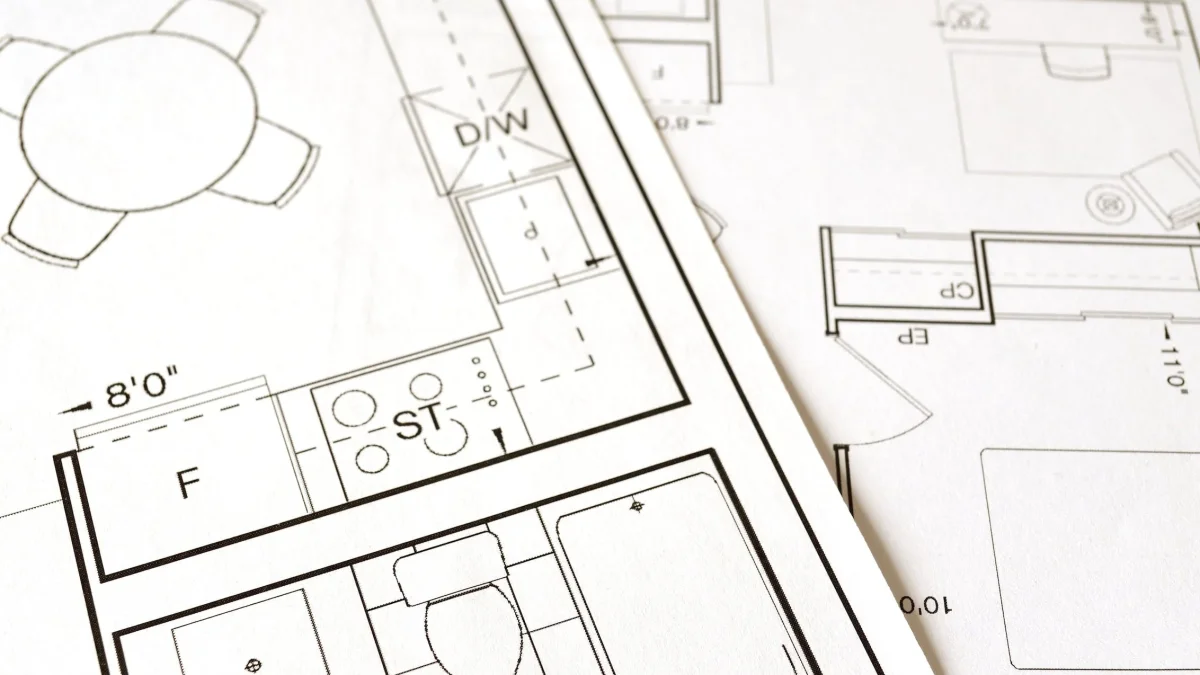
In recent years, minimalist architecture design has become increasingly repopularized, perhaps as an antidote to our modern times of oversaturation in material goods. The concept has roots in the post-war era, burgeoning in the 1960s and 1970s and remaining a prevalent style to the present day. Minimalism as a concept emphasizes “less is more” – only filling a space with the most necessary objects and thus minimizing clutter.
Moreover, minimalism is an approach that facilitates an easy and elegant means of providing aesthetically pleasing and meditative living spaces in a functional environment utilizing clean lines, minimal materials and maximizing amounts of open space. Ultimately, by removing unnecessary elements such as objects and decorations, minimalist architecture can provide a calming environment that serves as a counterpoint to an overwhelming era of materialism.
Minimalism can also contribute to reducing energy usage as fewer materials are required for construction. In addition, it utilizes natural light more effectively than other more maximalist approaches to design, which can further mitigate energy bills. Finally, minimalism accommodates the customization of living abodes to precise needs without compromising overall aesthetics. Overall, minimalist practices provide a plethora of advantages, ultimately providing a vehicle for stylish but functional living.
The myriad benefits of hiring an architect
Hiring an architect can be a superlative means of guaranteeing that a home is created and built with care and attention to detail. A skilled architect will be capable of ensuring that living spaces are rationally conceived before their construction, with due consideration to fundamentals such as light, perspective and atmosphere. Moreover, with an architect, these conceptual contemplations are built on practical terms – such as structural or safety elements. Architects can deliver a valuable understanding of the most appropriate construction materials and how to maximize energy efficiency.
In addition, architects are typically well-acquainted with local building regulations and laws, saving the client time and money to investigate. Thus, it is advisable to employ local architects where possible as regulations can vary between cities, regions and states. For example, residents of Portland in Maine could search online for “architects from Portland ME” to identify architects for their local catchment. Ultimately, hiring an architect is an effective means of guaranteeing a home is conceived and built with quality craftsmanship and attention to detail.
Maximizing light and space with a minimalist approach
As previously mentioned, minimalism is a practical means of maximizing light and space in any home. For existing homeowners, it is recommended to begin implementing facets of minimalism by decluttering the living room and removing anything that is not required. This initial step will streamline the space, offering new opportunities for an open and airy environment. Moreover, carefully consider what furniture works best with space – select lightweight and streamlined articles, such as chairs with thin legs and tables with glass tops – this will enhance an environment that is open and orderly. Lastly, opt for soft colors such as white, beige, or grey when decorating to develop a serene atmosphere.
Mirrors can also be utilized to reflect light around the room and expand the space, while sheer curtains can be installed to maximize privacy without blocking out too much light. Ultimately, by observing these fundamental minimalist strategies it will be possible to maximize light and space in your home that encourages a clear mind among you and your family.
Understanding the differences between minimalism and contemporary design
Minimalism and contemporary design are two prevalent interior styles that are distinctly different, with some overlap. Minimalism is a technique that focuses on clarity and functionality, while modern design is more focused on modernity and innovation. Minimalist interiors are typically sparse, with clean lines and soft colors. Furniture elements are usually kept to a minimum, with only the most necessary objects included.
Conversely, contemporary design is primarily concerned with adopting modern trends and technology. Bold colors, geometric shapes, and sleek furniture are its hallmarks. However, it is possible to integrate characteristics of both minimalism and modern design – but where the line of distinction between the two concepts is perenially up for debate.
Crafting the perfect balance of style and comfort with simplicity
Crafting an ideal balance of style and simplicity is primarily concerned with discovering the optimal elements to combine aesthetics and functionality. First, select a color palette that appeals to your subjective preferences and use this as the basis for your design. Second, identify furniture elements that are easy to design but still have an appealing shape or texture – this will help develop visual interest without overpowering the space. Opt for natural textiles including cotton, linen, and wool for fabrics as these are timeless and easy to maintain.
Moreover, select furniture pieces with clean lines and minimal details that do not detract from the overarching feel of the space. Finally, add some accessories such as throw pillows or rugs to give your room a relaxing feel while maintaining its simplicity. Through a minimal approach, it is possible to create a visually appealing but comfortable living space that is simultaneously stylish and functional.
Ava Clarkson
Related posts
Stay connected
Today's pick
- Safety Essentials Every CNC Operator Should Follow DailyCNC machining demands precision, consistency, and discipline—but above all, it requires strict attention to safety. Whether you’re working with mills, lathes, routers, or grinders, every machine has the potential to cause serious injury if mishandled. That’s why CNC operators must follow safety protocols daily, no... The post Safety Essentials Every CNC Operator Should Follow Daily […]

